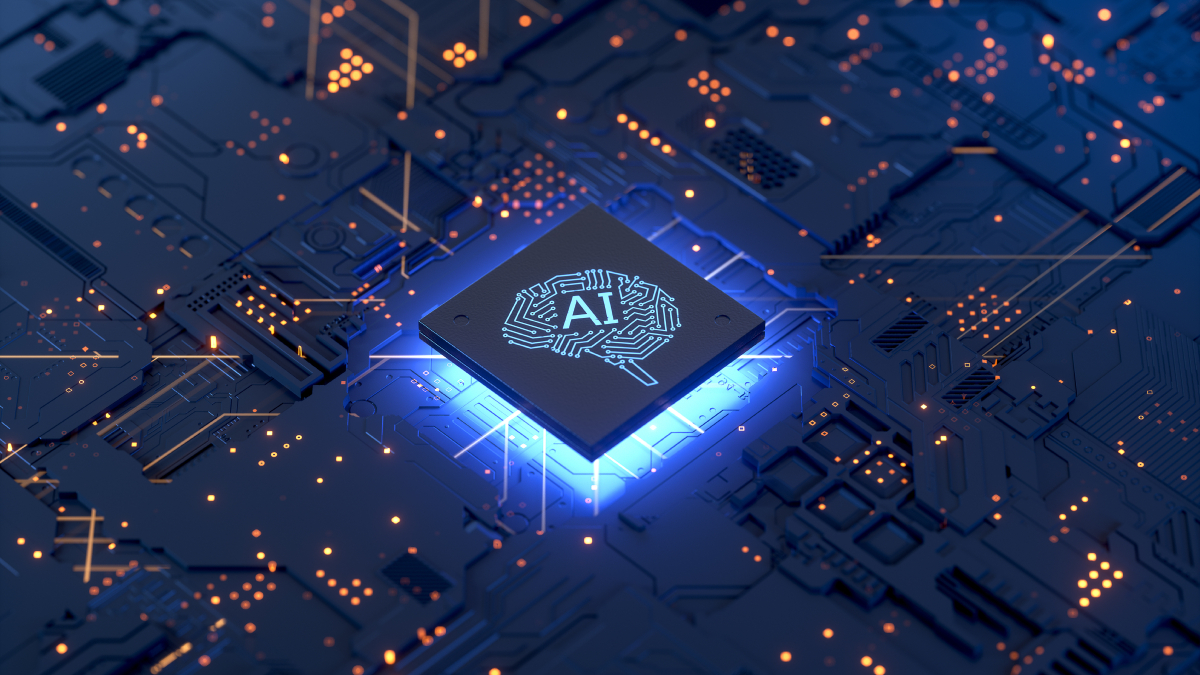AI is transforming data centre operations by enhancing efficiency and automation, says Manfred Felsberg at Juniper Networks.
The seemingly endless potential of AI is permeating new network domains constantly, and data centres are no exception. In an industry undergoing fundamental workforce transitions, the swift development of AI offers meaningful innovations to navigate the requirements of an era of heightened efficiency, resilience and sustainability. Of course, not everything can be solved with AI, but it can become a foundation for sustained operational success. This is an evolutionary industry shift that must be recognised and recorded.
Transforming operations
AI is predominately transforming data centre management, streamlining approaches to operations and enhancing overall efficiency. Given the current skills shortage, AI plays a crucial role in maintaining high-quality standards. AIOps is especially key to this transformation, streamlining network operations across diverse areas, including automated data centres and AI-driven data centres. Unlike traditional, more technical and esoteric networking, AI provides a palatable and intuitive approach to data centre management.
By automating data centres through AIOps, networking operations are simplified, minimising errors and expediting routine tasks. Correlating data from a wide range of sources, AIOps delivers a centralised overview which can reveal patterns often unnoticed by the human eye. This integration allows for a comprehensive view of the network environment and speeds up issue resolution.
Excelling at filtering, analysing data and uncovering non-obvious patterns, AIOps ensure that only the most relevant information descends to operators – resulting in efficient, timely data analysis and decision-making. Networking performance can also be monitored using AIOps, providing real-time incident detection and predictive maintenance. There is no doubt that the transfer from reactive to proactive management has altered data centre operations massively, enhancing overall efficiency by allowing administrators to concentrate their efforts on strategic tasks. This is achievable without the need for extensive training on various CLI languages; AIOps enable us to comprehend situations in seconds like never before.
Navigating the divide
Equally, it is important to acknowledge that the integration of AI brings both opportunities and challenges to data centre operations. AI-driven solutions, such as AIOps, leverage sophisticated algorithms that train on data for an answer – it is inherently probabilistic.
Although AIOps thrive in numerous stages of the data centre life cycle, predicting and adapting to dynamic network conditions, AI is not a magic, cure-all solution. In fact, there are many tasks where certainty is paramount, like flying a plane. In these examples, deterministic solutions are indispensable, which is where Intent-Based Networking (IBN) comes into focus. It is ideal for rules-based systems, ensuring reliable outcomes in situations where a probabilistic approach may introduce unacceptable risk. For example, a system that identifies the root cause of a data centre anomaly with 98 % certainty is excellent – but being correct 98 % of the time on a hardware configuration is unacceptable for most operators.
The key to success is finding a balance: leveraging both AIOps and IBN enables a beneficial blend of adaptable management and troubleshooting, and controlled, domain context in data centre operations. This hybrid approach ensures robust, dependable operations in an progressively complex, digital industry.
Connecting for AI
AI is relevant to networking from operational and infrastructure perspectives. The AI initiatives that many organisations are implementing today must run on some type of IT infrastructure. As businesses begin to introduce successful AI trials to the rest of the organisation, the question “Should we use public clouds or build our own infrastructure?” will arise again.
For many businesses , the IT world is hybrid, so most organisations will continue to opt for a blend of both on-premises and public cloud solutions for AI data centre infrastructure. This presents a major challenge for organisations trying to balance and seamlessly integrate both systems. Managing hybrid environments is another hurdle, with critical operational knowledge often directly dependent on staff and their retention.
This can be mitigated with the integration of IBN solutions; they are inherently multi-vendor and simplify management. Additionally, manual configuration processes remain tedious and error prone, further outlining the need for automated solutions, including AIOps, to enhance reliability and efficiency in data centre operations. Addressing these challenges demands a strategic approach, leveraging AI and advanced networking technologies to ensure dependable infrastructure.
The role of AI and IBN in the future of data centres
AI continues to advance and its integration into data centre operations is set to transform the landscape profoundly. The development of AI and IBN brings a new era of efficiency and automation, addressing long-standing challenges in network management and reducing the importance of traditional vendor certifications.
While the shortage in networking expertise persists, AI and IBN will eliminate these gaps by democratising management tools and operational capabilities. There will be a distinct shift in businesses investing in building their own AI data centres, with the main intention of safeguarding data privacy and maintaining control of sensitive information (often with data sovereignty compliance in mind), away from the public cloud. Ultimately, we should expect to see the joint efforts of AI and IBN streamlining data centre operations and setting new standards for privacy and operational excellence in the industry.



